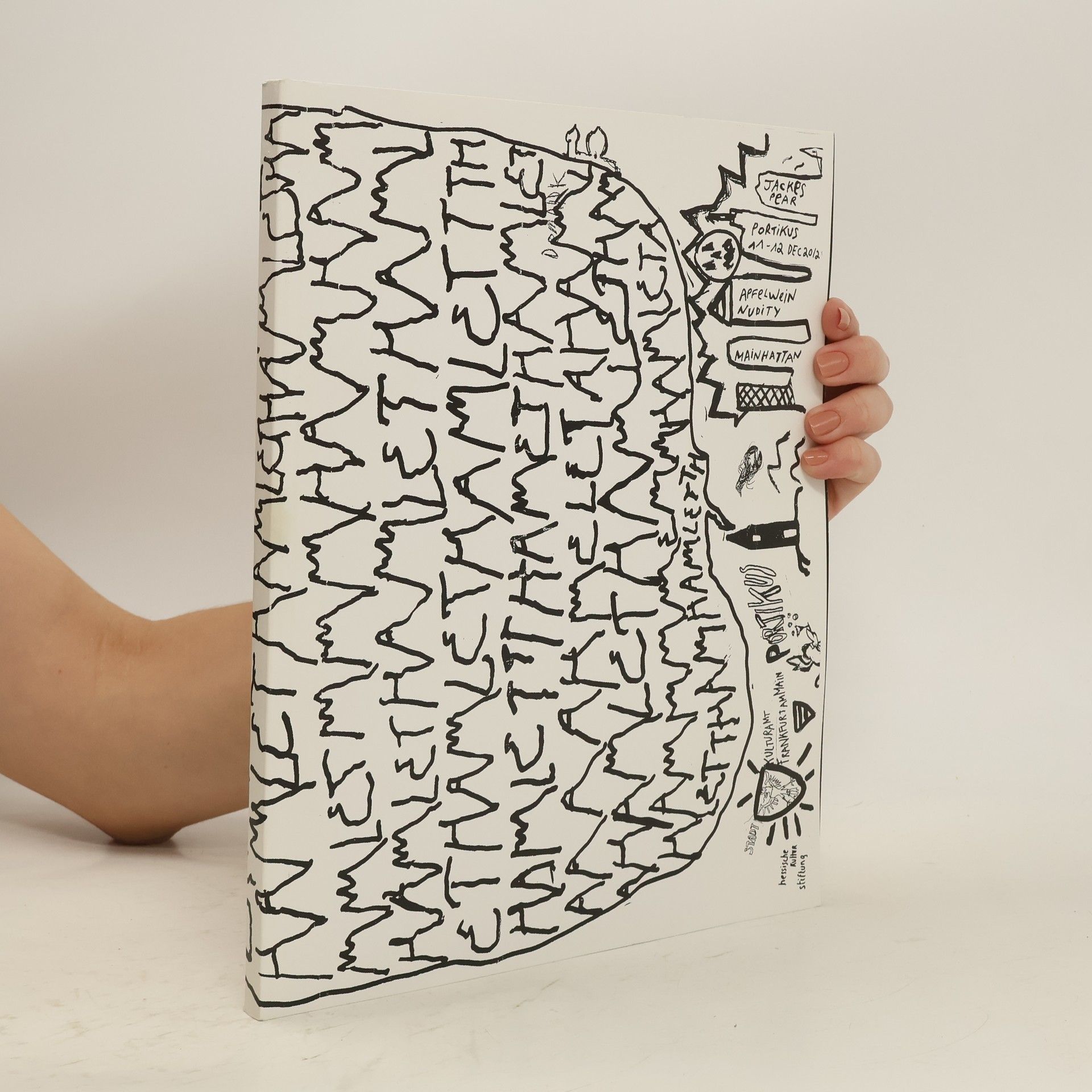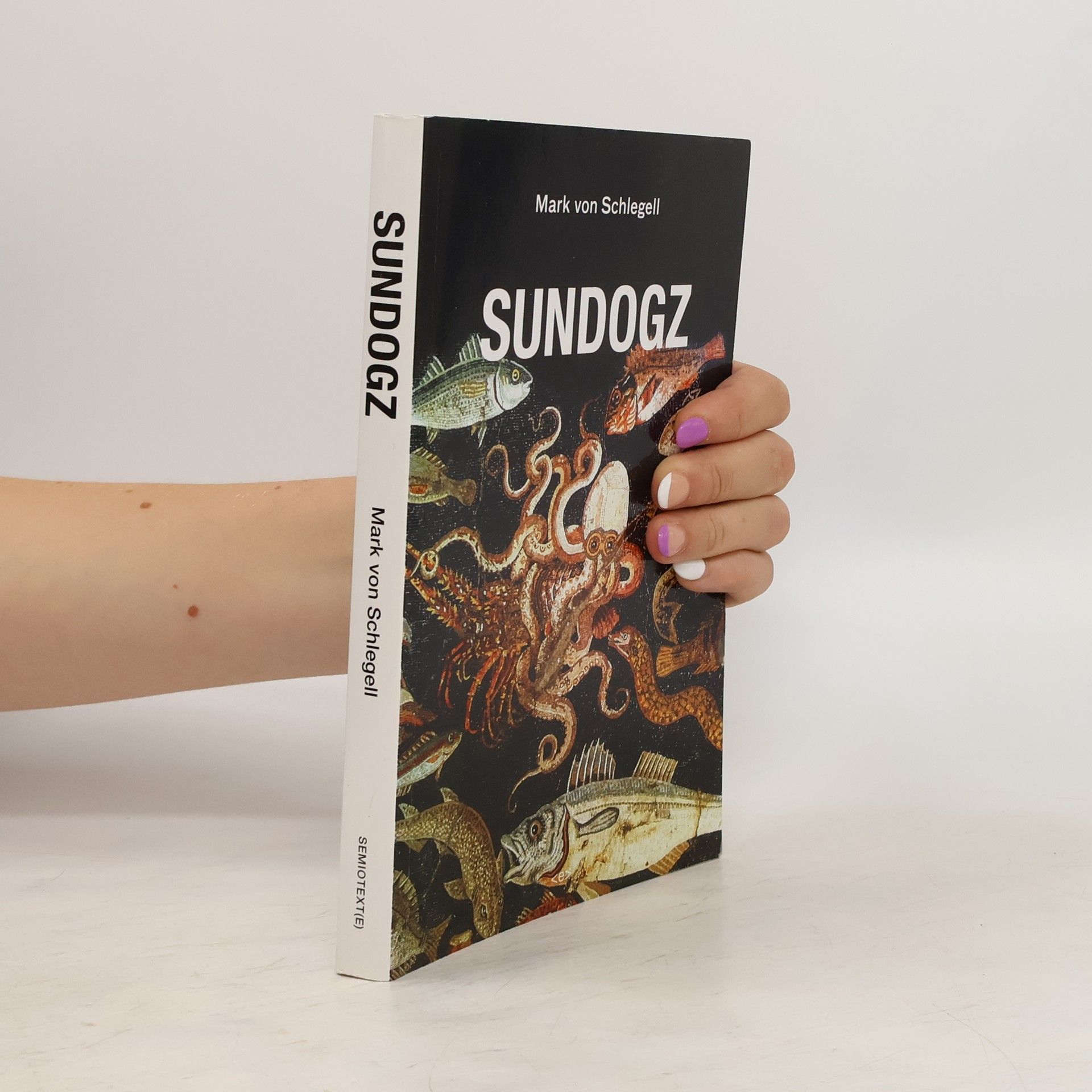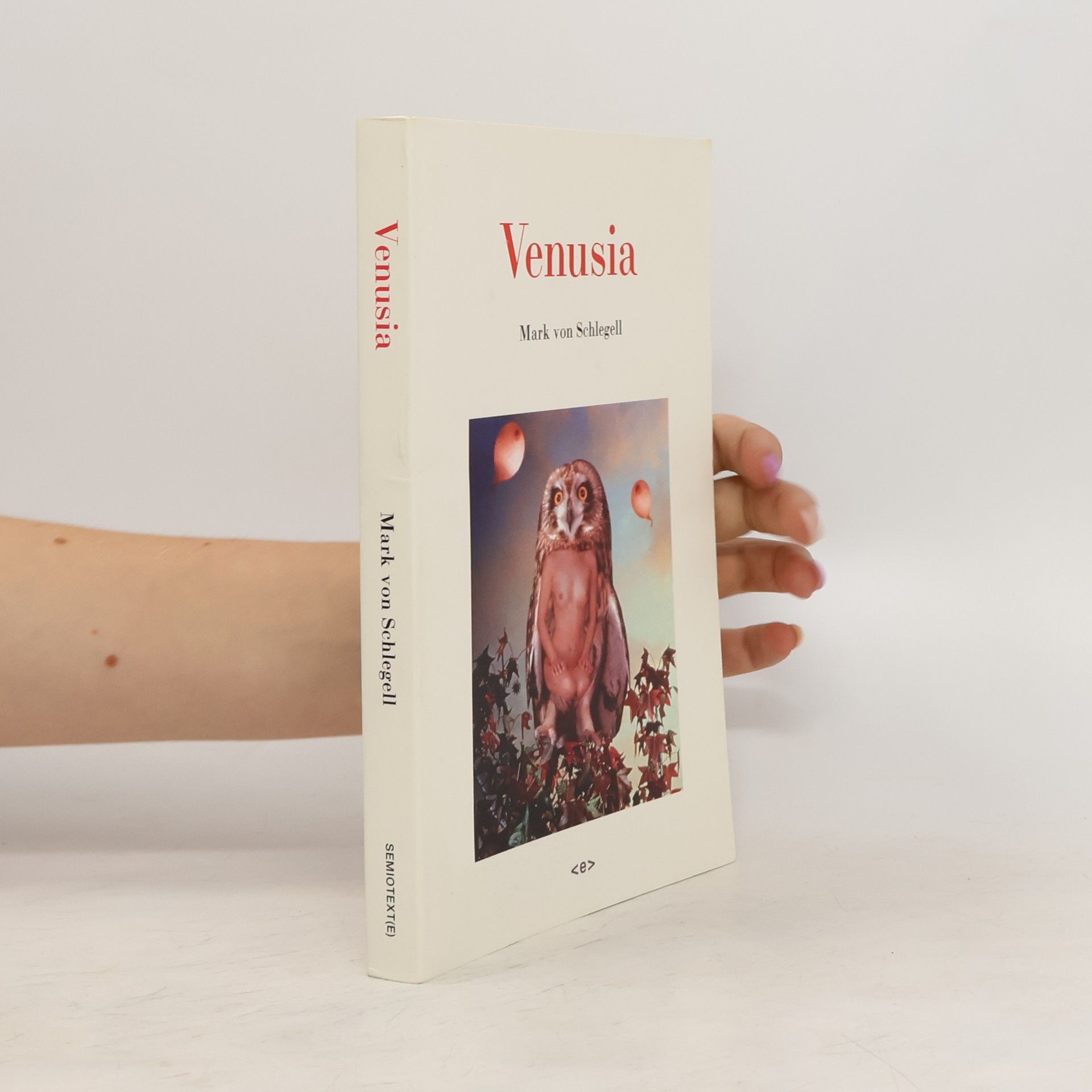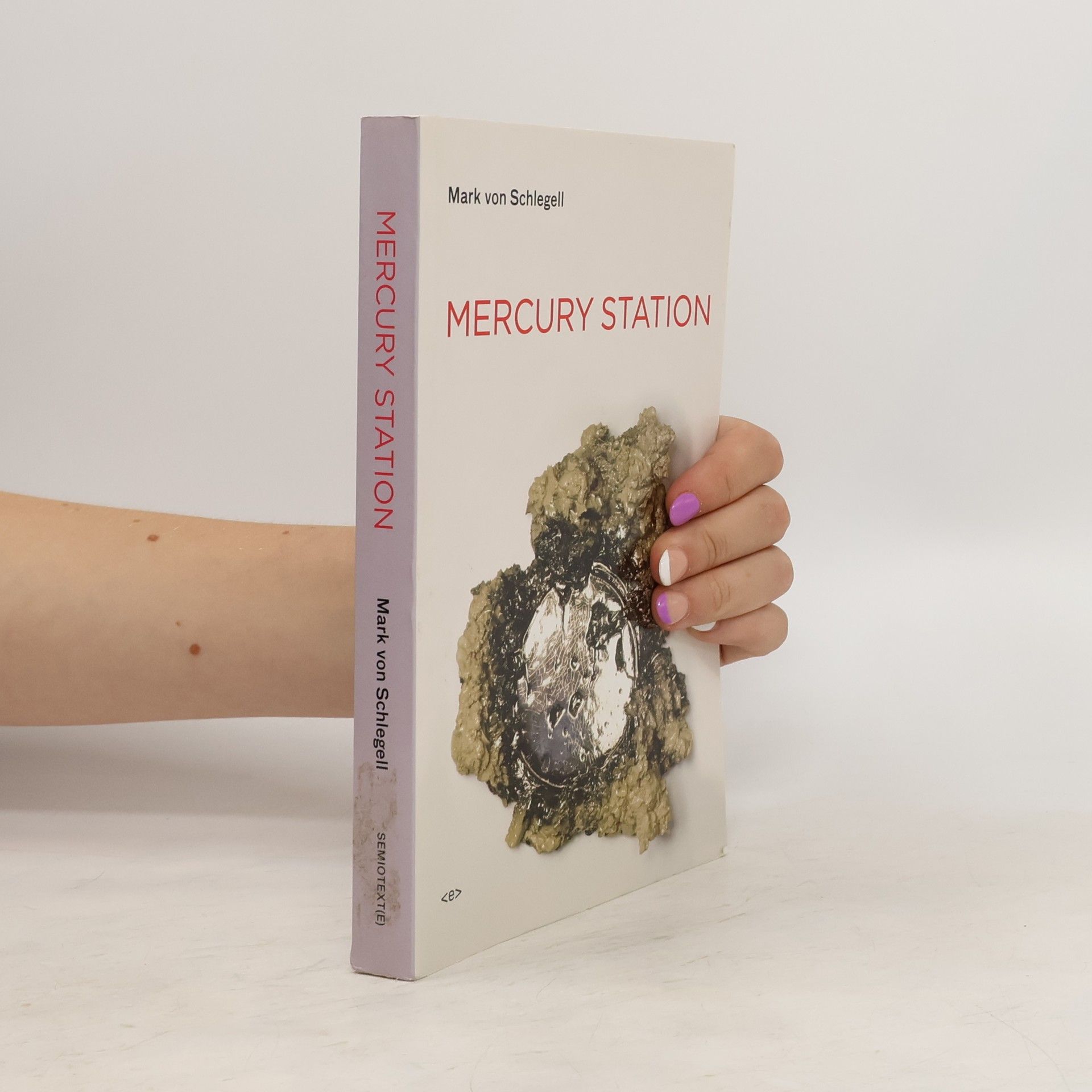Mercury Station
- 287 páginas
- 11 horas de lectura




A novel about life under enlightened totalitarianism in the twenty-third century and the efforts of a mild-mannered junk dealer to change the human condition.
Beginning with Venusia (2005) and continuing with Mercury Station (2009), Mark von Schlegell's System Series has moved backward in time, investigating the contours of time, memory, perception, and control in the inter-planetary system that emerge off-world in the twenty-second and twenty-third centuries during Earth's full collapse. In the latest installment, Sundogz, set among the water-rich moons of planet Uranus, extremist astro-marine "spacers" have constructed an aquatic world of extraordinary scope and ambition, entirely invisible to the System at large. The Good Fortune, a spaceship en route to Moon Miranda, the most beautiful and troublesome of Uranus's satellites, sends out a party to explore rumors of a secret fish farm in the λ ring. Now the "Oan Bubble" must attempt to survive its discovery. The characters in Sundogz traverse a cybernetic world containing traces of nineteenth-century realism, Shakespearean-style wit and violence, and classic fantasy, while exploring possible modes of the imagination's survival in centuries to come. As Jeff Vandermeer noted in Bookforum, von Schlegell's work "addresses the realities of a grim future with grace, humor and intellectual honesty--[his novels] hark back to the heyday of such giants as J.G. Ballard, Ursula Le Guin, John Calvin Batchelor, and Philip K. Dick."
The publication brings together extensive material from Hamlet, mise-en-scène presented at Portikus, along with recently restored as well as never-published stills, drawings, and writings by American filmmaker and artist Jack Smith, related to his film Hamlet in the Rented World (A Fragment) (1970-73). Hamlet, mise-en-scène, directed by Mark von Schlegell, was an adaptation that retold Shakespeare's most abused tragedy while channeling the ghost of Jack Smith. The two-night rendition of Hamlet was performed by members of Städelschule's Pure Fiction seminar, presented here alongside a rare selection of works by Smith, both from private collections and from the Jack Smith Archive. Contributors Sylvère Lotringer, Birte Löschenkohl, Sophie von Olfers, Laura Preston, Juliane Rebentisch, Mark von Schlegell, et al.